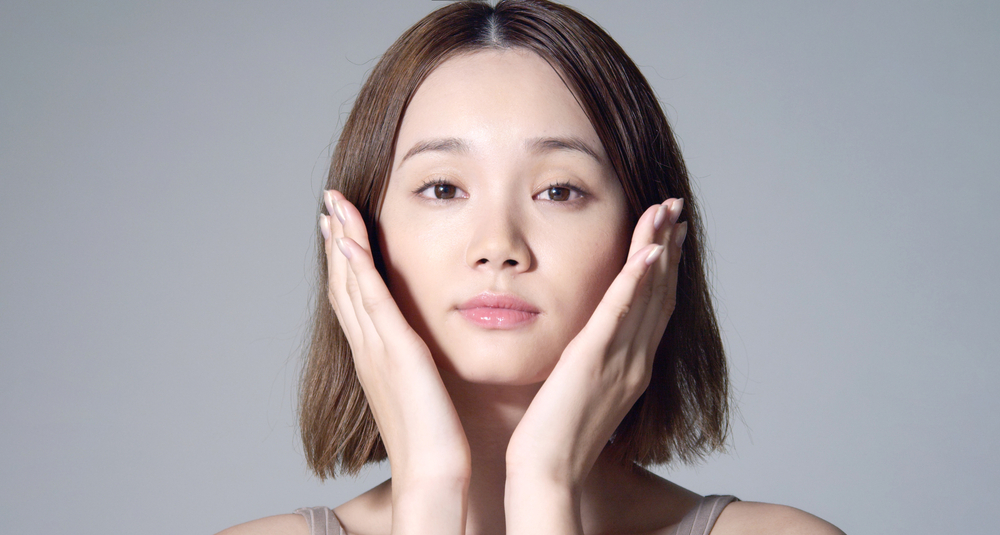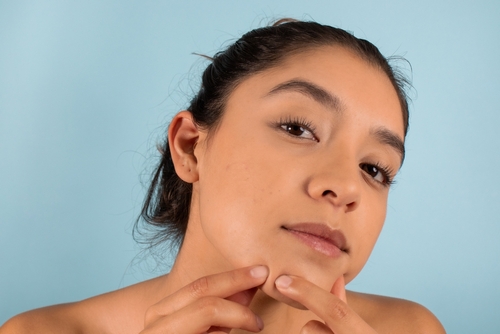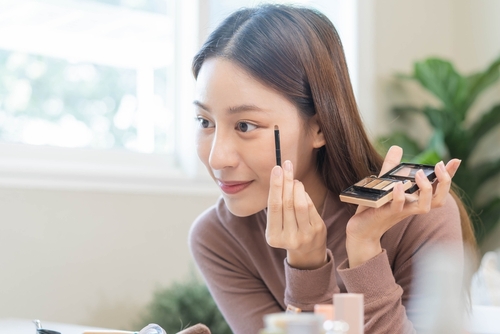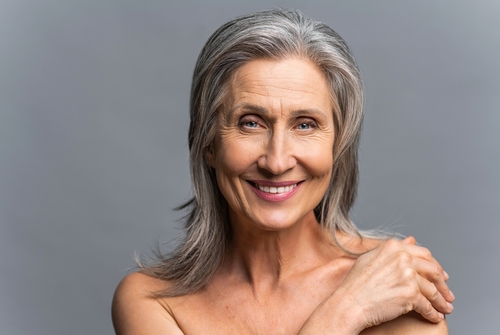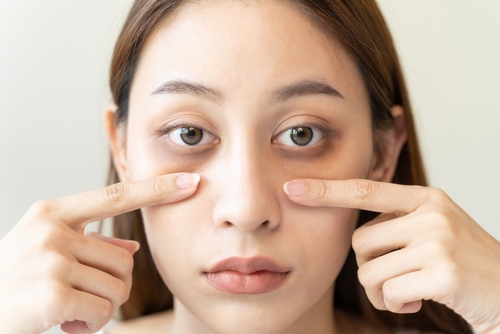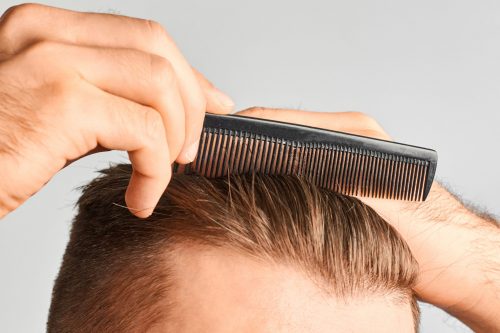
Platelet rich plasma injections have many uses including treating acne scars and filling in the under eyes in lieu of dermal fillers. However, many patients wonder if PRP can also be used to add volume to other areas of the face such as the cheeks. So, let’s look at the question, “Does PRP help with volume to the cheeks?”
Injectors can use PRP to add plumpness to the cheeks. Though, it is important to note that PRP does not provide the instant, dramatic effect that dermal fillers can. Instead, it gradually stimulates collagen production to help add natural-looking volume. For patients who want only a small amount of volume added or who want to address specific volume loss in the cheeks, PRP may be a fantastic option.
If patients are looking for more dramatic results or plumpness, dermal filler injections are still likely the best option. Though, PRP can help enhance the results of traditional cheek filler injections as well. Platelet rich plasma can also provide skin benefits and rejuvenation.
To learn more and schedule a consultation, call us at 206-279-2112. You can also reach out online via chat or contact form.

